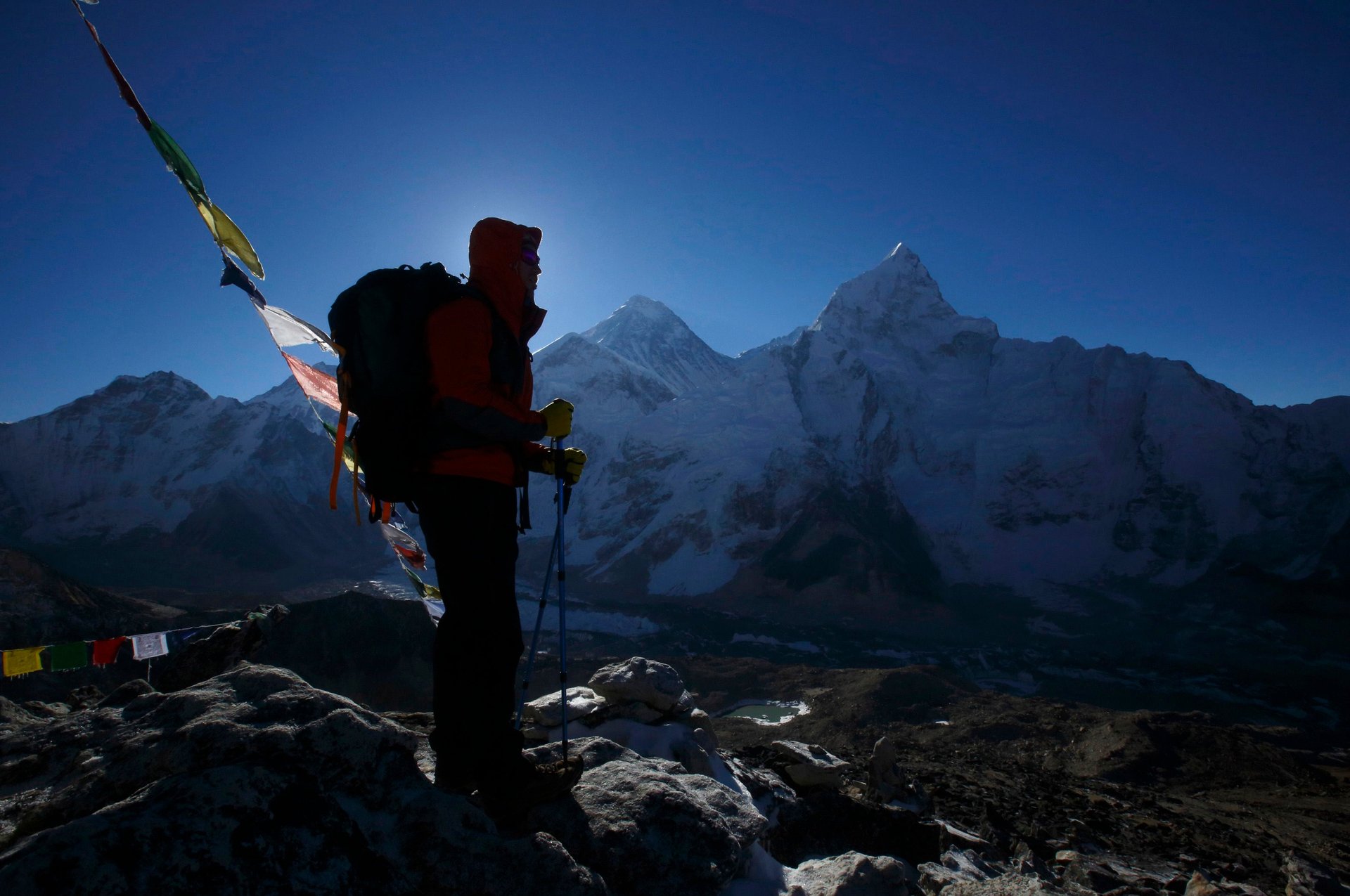Nepal says it will make Everest safer by banning old, disabled, and inexperienced climbers
Nepal is planning to implement new restrictions on who can and cannot climb Mount Everest, citing safety reasons and the need to “maintain the glory” of the world’s highest peak.


Nepal is planning to implement new restrictions on who can and cannot climb Mount Everest, citing safety reasons and the need to “maintain the glory” of the world’s highest peak.
Nepali government officials say they are considering new rules that would limit climbing permits to those who can prove they’ve climbed higher than 21,000 feet (6,500 meters) before. In addition, according to The Guardian, “disabled, old and very young people” may be banned completely. The suggested changes come in the wake of a series of fatalities on the mountain, including a 2014 accident that killed 16 Nepalese guides, and a 2015 avalanche, triggered by a massive earthquake, that killed 18 people at the Everest base camp.
“We don’t think we should issue permits to people who cannot see or walk or who don’t have arms,” Nepalese tourism department chief Govinda Karki told the AFP. ”Climbing Everest is not a joke … it is not a matter of discrimination, how can you climb without legs?
Everest has long suffered from seasonal traffic jams in April and May as hundreds of summit-seekers ascend during brief windows of favorable weather. Critics of the modern Everest scene have also seized on the expanding diversity of its climbers—teenagers, octogenarians, amputees, and people with all sorts of chronic illnesses and physical impairments have gone to the top—as evidence that the mountain is too accessible and that it only takes money, not skill, to reach the summit.
“Everyone is going to Everest,” tourism ministry official Mohan Krishna Sapkota told the Guardian. “The Everest summit should be dignified and an issue of glory, so for that the ministry is working on introducing some limits,” he said.
Ang Tshering Sherpa, president of the Nepal Mountaineering Association, told the Guardian that he doubted any of the proposed rules would be implemented. “Earlier such plans were aborted because of pressure from human rights organizations and foreign embassies,” he said.
Nepal does have a financial incentive to maximize the number of climbing permits that it issues: the government charges $11,000 per person for permission to set foot on the higher reaches of the mountain.